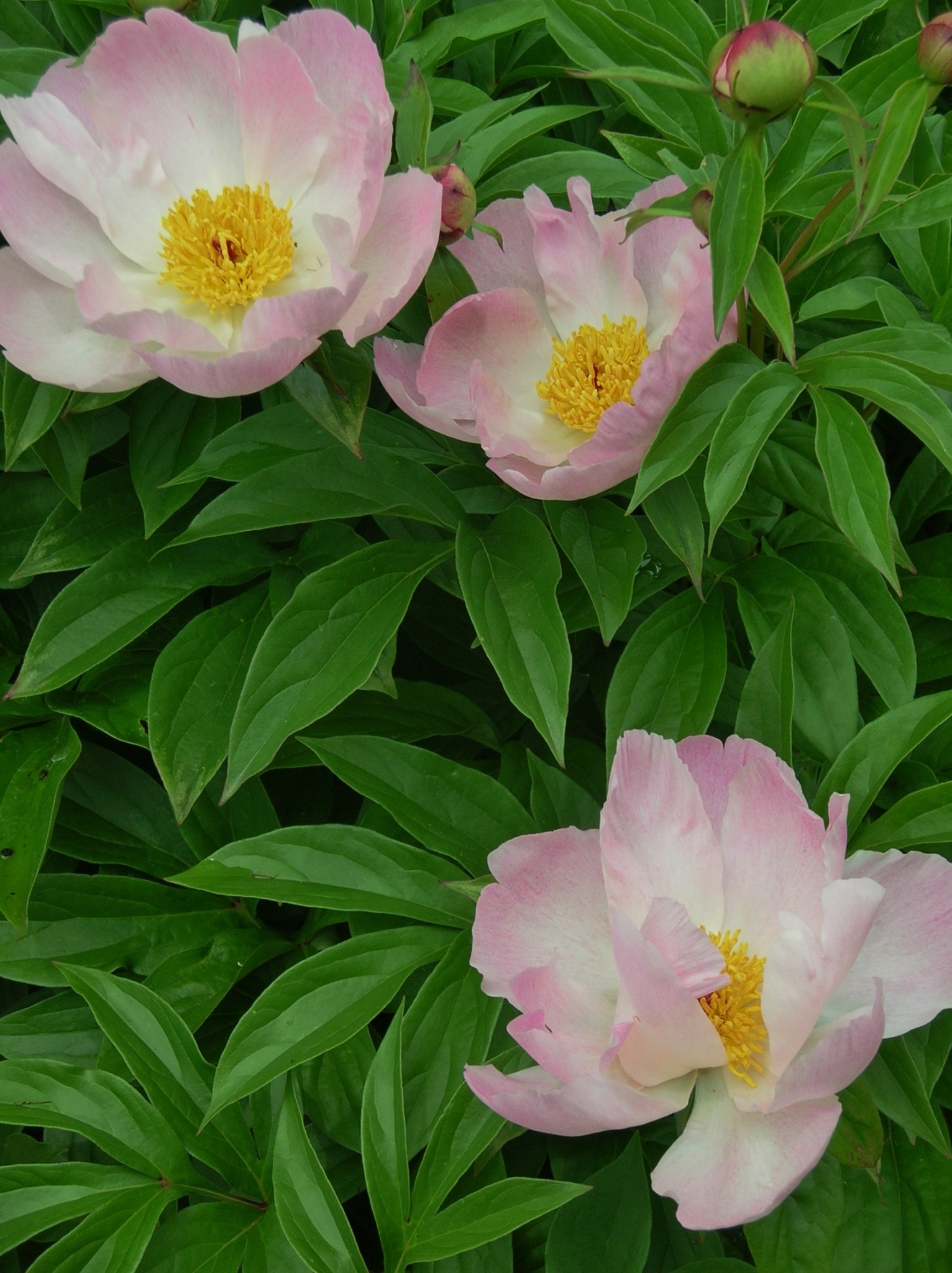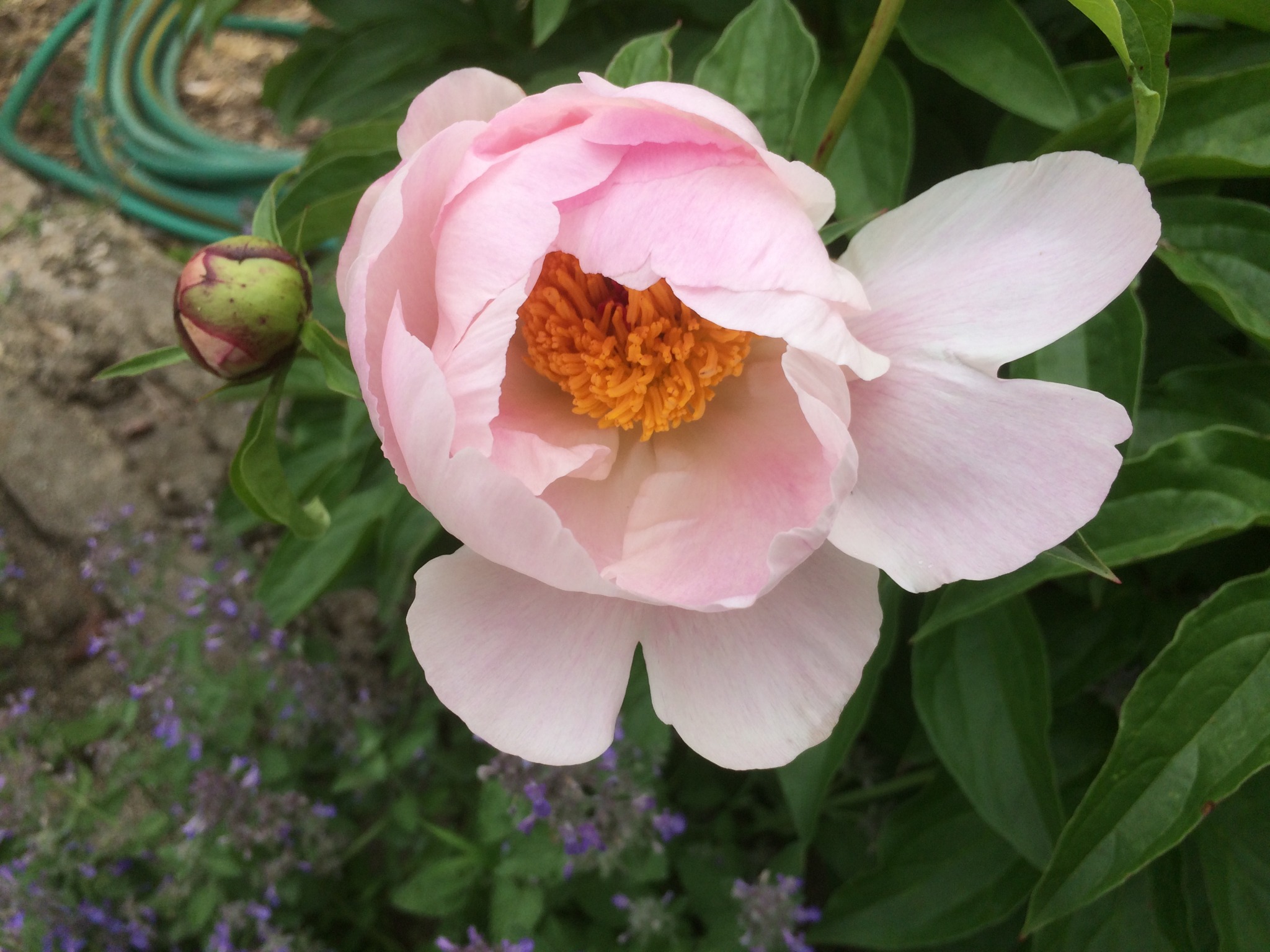Description
Blousy, single, ballerina pink petals 6″ across, surround golden centers in mid-season, sweetly fragrant.
Blousy, single, ballerina pink petals 6” across, surround golden centers in mid-season, sweetly fragrant.
Blousy, single, ballerina pink petals 6″ across, surround golden centers in mid-season, sweetly fragrant.
OUT OF STOCK
Bushy plants bear showy, red-purple pea-like blooms age to rich purple in March-June. Ephemeral, dying back in August when you can cut it back. Spring gem.
Size: 12” x 12”
Care: sun in north to shade in south, moist well-drained soil. Drought tolerant once established
Native: No. Europe - Siberia
Awards: Royal Horticultural Society Award of Garden Merit, Elisabeth Carey Miller Botanical Garden Great Plant Picks
Introduced to gardens before 1629. Parkinson called it “Blew Everlasting Pease.”
OUT OF STOCK
Atop a mound of spatula-shaped, crinkled leaves with scalloped edges rises a bounty of 4 to 5 inch tall spikes, each crowned with a hoard of tiny fuchsia-colored trumpets blowing their horns “look at me” in early to mid-summer.
Size: 4-8" x 8-12" spreading slowly by rhizomes
Care: sun to part shade in moist well-drained soil
Native: South Africa
Wildlife Value: Deer resistant. Attracts small bees and butterflies
English adventurer and naturalist William John Burchell (1781-1863) scoured South Africa from 1803 to 1815 collecting more than 50,000 specimens packed in 48 crates. In places unexplored he found insects, animals, fish and unknown plants, this being one. Although he published two volumes of his exploration, he did not finish the last, third volume, leaving another to write the botany. Premier English botanist George Bentham (1800-1884) took up the task authoring Labiatarum Genera et Species, published in 1834. He wrote the first published description and named this tiny plant with outsized charm.
Short purple spikes in June-July
Size: 3” x 24”
Care: sun in well-drained soil
Native: Europe & Western Asia
Size: groundcover, rock garden, herb, fragrant foliage, thyme lawn
Thymus from the Greek word for “odor” due to the plant’s fragrance. Ancient Greeks made incense with thyme. This species since at least 1753. Acc’d to Parkinson in 1640 this remedied hysterics in women. Wm. Robinson wrote,”nothing can be more charming than a sunny bank covered with” Thymus serpyllum. LH Bailey extolled it as “prized as an evergreen edging and as cover for rockwork and waste places …The leaves are sometimes used for seasoning.”
Violet racemes all summer through fall
Size: 36” x 12”
Care: Sun, well-drained soil
Native: Southern Europe
Both the Latin and common names are related to flax. Linaria comes from “linum” which is Greek for “flax” and toadflax includes the word “flax.” The leaves of Linaria purpurea resemble flax leaves. According to 17th century English herbalist, John Parkinson, the plant “causes one to make water.” Grown by English plantsman and explorer, Tradescant the Elder, 1634.


